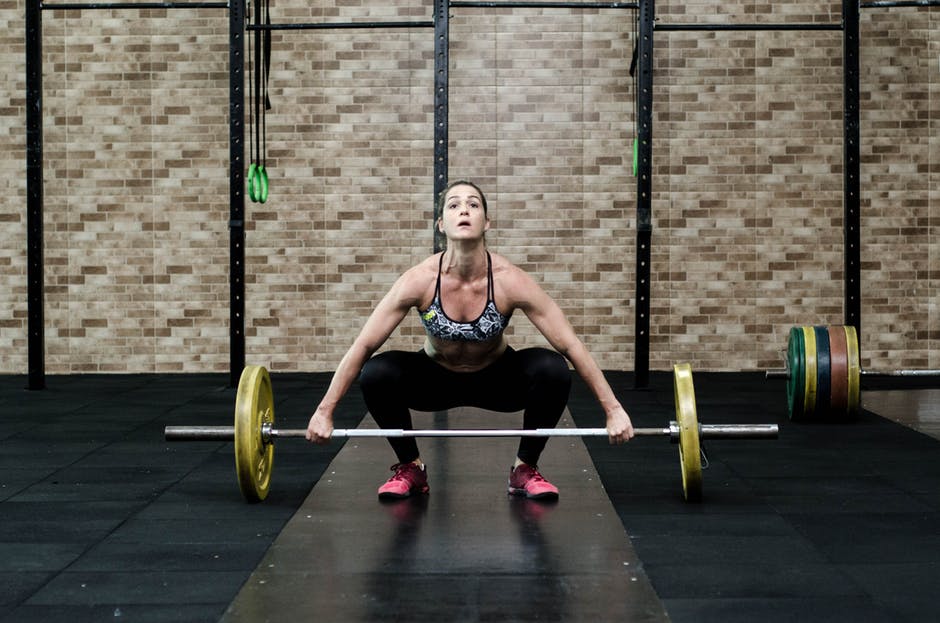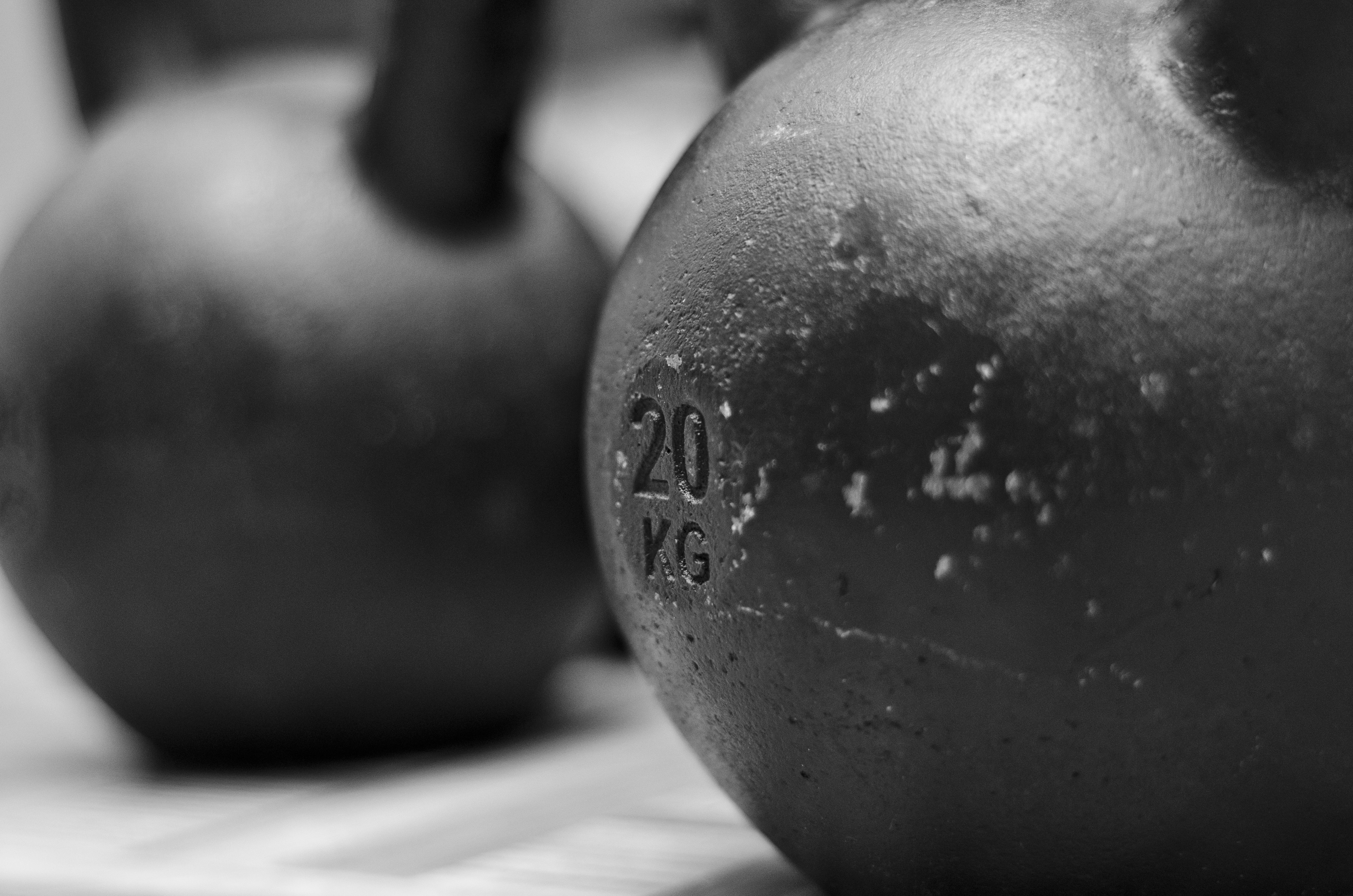Coaches are always looking for more effective ways to coach. We all have to learn over the years that our coaching needs to be clear, concise, and memorable. Vern Gambetta calls this being a twitter coach (i.e. avoid speeches and focus on what is needed). But, as coaches we’re always looking for magic cues and drills to get our point across.
Schutts et al have a really interesting article in the Journal of Strength and Conditioning Research looking at how technical cues impact performance on the snatch lift. In their study, the subjects in this study did two sets of the snatch. Each set involved three repetitions at 80% of maximum. On one set, the subjects were given an internal focus (focus on the movement of the elbows), on the other set they were given an external focus (focus on the movement of the barbell). Kinematic data on the lifts were collected and compared between the internal focus and the external focus. Kinematically, the authors measured the angle from the barbell’s COM to the 7th cervical vertebrae to the greater trochanter of the femur, called the barbell-cervical-hip (BCH) angle.
The BCH angle was studied at several parts of the snatch lift. These include the lift off, passing the knee, extension of the hip during the 2nd pull, maximum horizontal position of the barbell, the barbell’s maximum height, and the catch. In addition, the authors looked at velocities.
Results:
Below are the approximate percentage difference in BCH angle between the external focus and internal focus. The difference is how much smaller (negative number) or greater (positive) the angle is comparing internal vs. external focus.
- Lift off: internal was .18% smaller
- Knees: internal was .5% smaller
- 2nd pull: internal was 8% greater
- Horizontal: internal was almost 3% greater
- Height: Internal was almost 2% greater; only difference to be statistically significant
- Catch: internal was almost .2% greater
In terms of velocities:
- Peak horizontal velocity of the barbell: internal was almost 65% slower
- Peak vertical barbell velocity: internal was almost .04% slower
- Peak vertical elbow velocity: internal was almost 6.5% slower
What the data is saying is that the internal focus results in the barbell being further away from the body once the athlete reaches the second pull – this continues throughout the rest of the lift. This is problematic as when the bar begins moving away from the body in the second pull, the athlete may have to move forward to catch the bar or lose the bar forward.
The horizontal and elbow velocities are important. Today the lift is coached as moving towards the body during the first pull, then away from the body and up during the second pull. By focusing externally the athletes are able to execute this more explosively.
It’s a really interesting study with implications for sports. The suggestion is really subtle changes in coaching cues can have some big impacts on performance. The authors are suggesting that focusing on the outcome rather than the body may have huge results. For example, push the ground away, the bar should lift your shirt (rather than keep the bar close), etc.
Schutts, K.S., Wu, W.F.W., Vidal, A.D., Hiegel, J., and Becker, J. (2017). Does focus of attention improve snatch lift kinematics? Journal of Strength and Conditioning Research, 31(10), 2758-2764.



